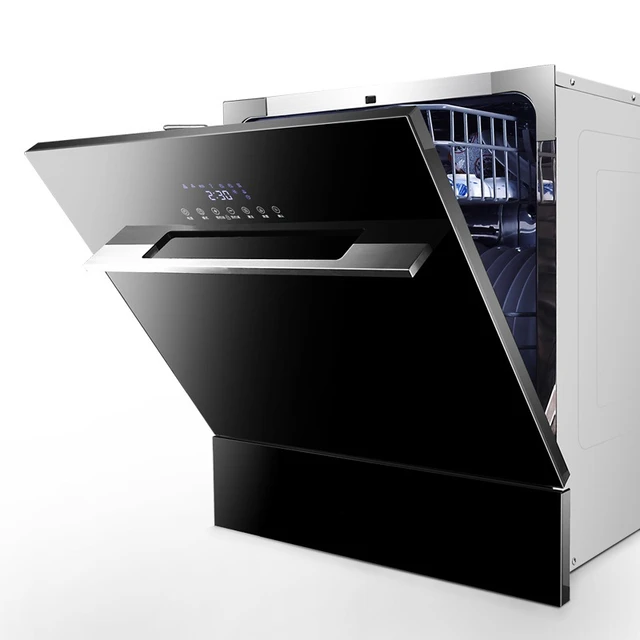Introduction:
The appliance industry is constantly evolving to meet the changing demands and preferences of consumers. As we look towards the future, it is essential to explore the potential trends and advancements that may shape the industry in the year 2024. In this article, we will examine the appliance industry trends, focusing on factors such as technology integration, sustainability, smart home connectivity, personalized experiences, and design aesthetics. By understanding these trends, manufacturers and consumers alike can anticipate the direction in which the appliance industry is heading.
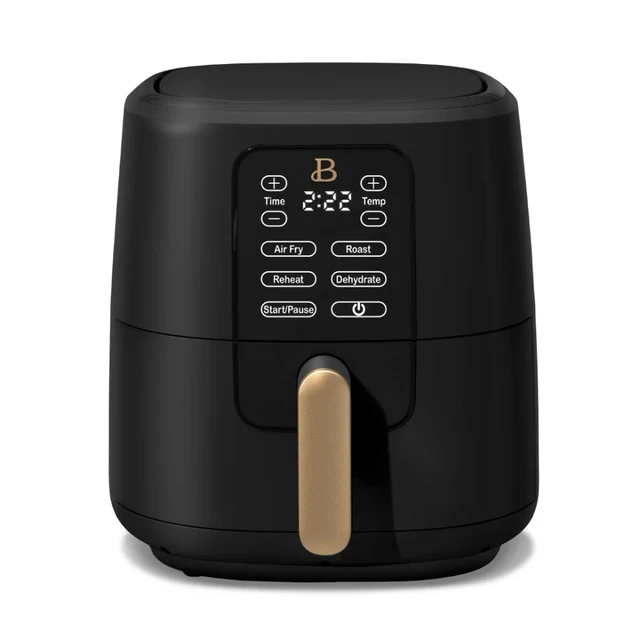
What is the appliance industry trend in 2024?
Integration of Advanced Technologies:
a. Internet of Things (IoT): The integration of IoT technology is expected to continue shaping the appliance industry in 2024. Appliances will increasingly connect to the internet, allowing for remote control, data monitoring, and enhanced functionality. Smart appliances will enable users to control settings via smartphone apps and receive notifications for maintenance or energy usage.
b. Artificial Intelligence (AI): AI will play a significant role in the appliance industry, enabling appliances to learn user preferences and adjust their settings accordingly. AI-powered appliances can optimize energy consumption, suggest personalized settings, and improve overall efficiency by adapting to users’ routines and habits.
c. Voice Control and Virtual Assistants: Voice control technology, integrated with virtual assistants like Amazon Alexa or Google Assistant, will become more prevalent in appliances. This integration allows users to operate appliances hands-free using voice commands, offering convenience and ease of use.
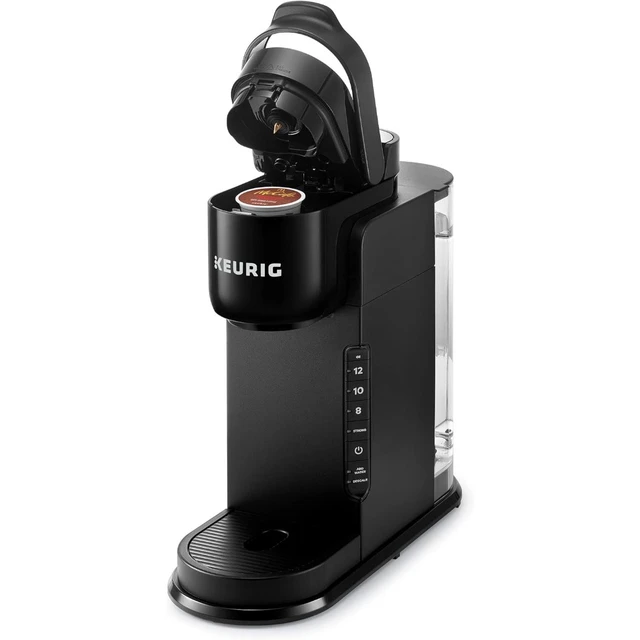
Focus on Sustainability and Energy Efficiency:
a. Energy-Efficient Appliances: As sustainability becomes increasingly important, energy-efficient appliances will continue to dominate the market in 2024. Manufacturers will strive to develop appliances that meet rigorous energy efficiency standards, reducing energy consumption and lowering utility costs for consumers.
b. Renewable Energy Integration: Appliances will increasingly support the integration of renewable energy sources, such as solar panels or wind turbines. This integration will enable appliances to operate using clean energy, further reducing their environmental impact.
c. Water Conservation: Water-efficient appliances will gain traction in 2024 as consumers become more conscious of water usage. Manufacturers will develop appliances with advanced water-saving features, such as sensor-based technology that adjusts water flow based on usage needs.
Smart Home Connectivity:
a. Seamless Integration: In 2024, the trend of smart home connectivity will continue to grow, with appliances seamlessly integrating into smart home ecosystems. This integration will enable appliances to communicate with each other and respond to commands from a central hub or smartphone app, offering a cohesive and connected user experience.
b. Enhanced Automation: Smart appliances will enable automation of daily tasks, such as preheating ovens remotely or automatically adjusting refrigerator temperatures based on food inventory. This automation will enhance convenience and streamline household routines.
c. Data Analytics and Insights: Connected appliances will provide users with valuable data insights, such as energy consumption patterns, usage trends, and maintenance notifications. This information will empower consumers to make informed decisions regarding energy usage, appliance maintenance, and overall household management.
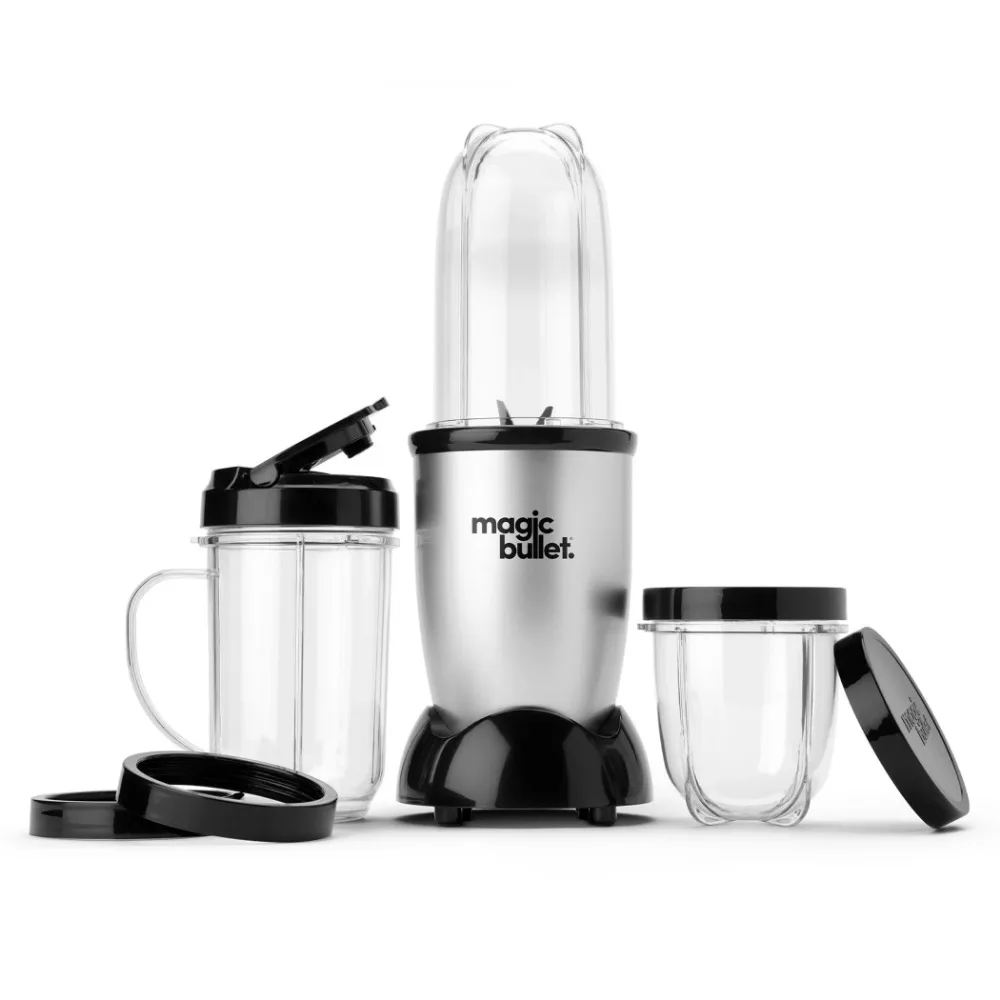
Personalized Experiences:
a. Customizable Features: Appliance manufacturers will provide more options for personalized experiences in 2024. Consumers will have the ability to customize appliance settings, such as temperature preferences, cooking presets, or washing cycles, to suit their unique needs and preferences.
b. Adaptive Technology: Appliances will incorporate adaptive technology that learns user habits, allowing for personalized recommendations and settings adjustments. For example, refrigerators may suggest recipes based on food inventory, or washing machines may adjust water levels based on the type and quantity of laundry.
c. Enhanced User Interfaces: User interfaces on appliances will become more intuitive and user-friendly, incorporating touchscreens, voice control, and responsive displays. These interfaces will provide a seamless and personalized user experience, making appliances more accessible to users of all ages and technological proficiency.
Design Aesthetics:
a. Minimalist and Sleek Designs: In 2024, appliance design aesthetics will continue to embrace minimalism and clean lines. Sleek surfaces, concealed controls, and integrated handles will contribute to a seamless and sophisticated appearance.
b. Customizable Finishes: Appliances will offer a range of customizable finishes, allowing consumers to match their personal style and kitchen decor. From matte black to brushed stainless steel, these finishes will enable appliances to seamlessly blend with various design aesthetics.
c. Eco-Friendly Materials: Sustainable and eco-friendly materials will be prioritized in appliance design. Manufacturers will utilize recycled materials, low-VOC paints, and sustainable production practices to reduce environmental impact and appeal to environmentally conscious consumers.
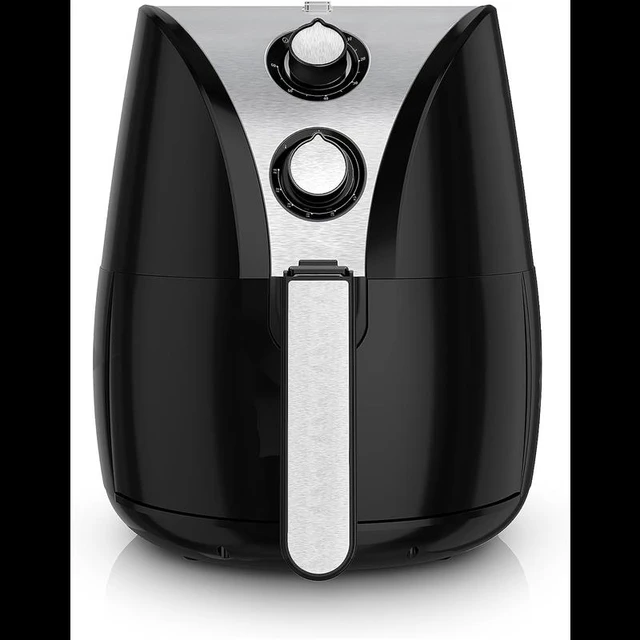
Enhanced Convenience and Multi-Functionality:
a. Multi-Cooking Capabilities: In 2024, appliances will offer enhanced multi-cooking capabilities to cater to the diverse culinary preferences of consumers. For example, ovens may feature steam functions, air frying capabilities, or built-in sous vide technology, allowing users to explore different cooking techniques without the need for additional appliances.
b. Smart Food Management: Appliances will integrate smart food management systems to help users streamline their grocery shopping and meal planning. Smart refrigerators may have inventory tracking capabilities that notify users when certain items are running low, or suggest recipes based on available ingredients.
c. Quick and Efficient Cleaning: Cleaning appliances, such as dishwashers and washing machines, will introduce quicker and more efficient cleaning cycles. Advanced sensor technology will allow these appliances to adjust settings based on the level of cleanliness required, resulting in optimal cleaning performance while minimizing water and energy usage.
Enhanced Safety and Hygiene Features:
a. Self-Cleaning and Anti-Microbial Surfaces: Appliances will incorporate self-cleaning features, reducing the need for manual cleaning and ensuring optimal hygiene. Additionally, antimicrobial surfaces will be integrated into appliances to inhibit the growth of bacteria and maintain a clean and safe environment.
b. Advanced Safety Sensors: Appliances will include advanced safety sensors to prevent accidents and increase user safety. For instance, stovetops may have sensors that detect if a pot is left unattended or if there is a gas leak, automatically shutting off the burners and notifying users.
c. Child Safety Features: Manufacturers will place a stronger emphasis on child safety by incorporating features such as child lock functions, heat-resistant surfaces, and enhanced safety mechanisms to prevent accidental injuries.
Collaboration and Connectivity with External Devices:
a. Smart Interconnectivity: Appliances will integrate with external devices and platforms to provide a seamless and connected home experience. For example, appliances may connect with home energy management systems to optimize energy usage and costs, or sync with health and fitness devices for personalized nutritional recommendations.
b. Collaborative Cooking Experiences: Appliances will enable collaborative cooking experiences through connectivity between devices. Users will be able to control and monitor multiple appliances simultaneously, allowing for synchronized cooking processes and coordinated meal preparation.
c. Integration with Smart Grids: Appliances will integrate with smart grids, allowing for enhanced energy management and optimization. They will be capable of adjusting their energy consumption based on peak and off-peak hours, helping users save on electricity costs and contribute to a more sustainable energy infrastructure.
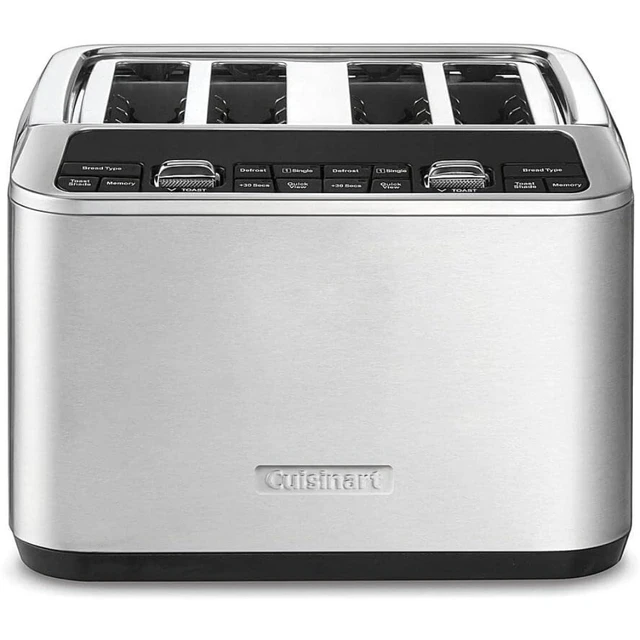
Conclusion:
The appliance industry in 2024 will be characterized by the integration of advanced technologies, a focus on sustainability and energy efficiency, smart home connectivity, personalized experiences, and design aesthetics. With the increasing prevalence of IoT, AI, and voice control, appliances will become smarter, more connected, and easier to use. Energy efficiency and water conservation will remain essential factors as consumers prioritize sustainability. Smart home integration will continue to improve the automation and connectivity of appliances, offering convenience and efficiency in household management. Personalized experiences will be enabled through customizable features and adaptive technology. Finally, design aesthetics will embrace minimalist and sleek designs with customizable finishes, incorporating eco-friendly materials. By understanding these trends, appliance manufacturers and consumers can anticipate and embrace the advancements that will shape the industry in 2024.

